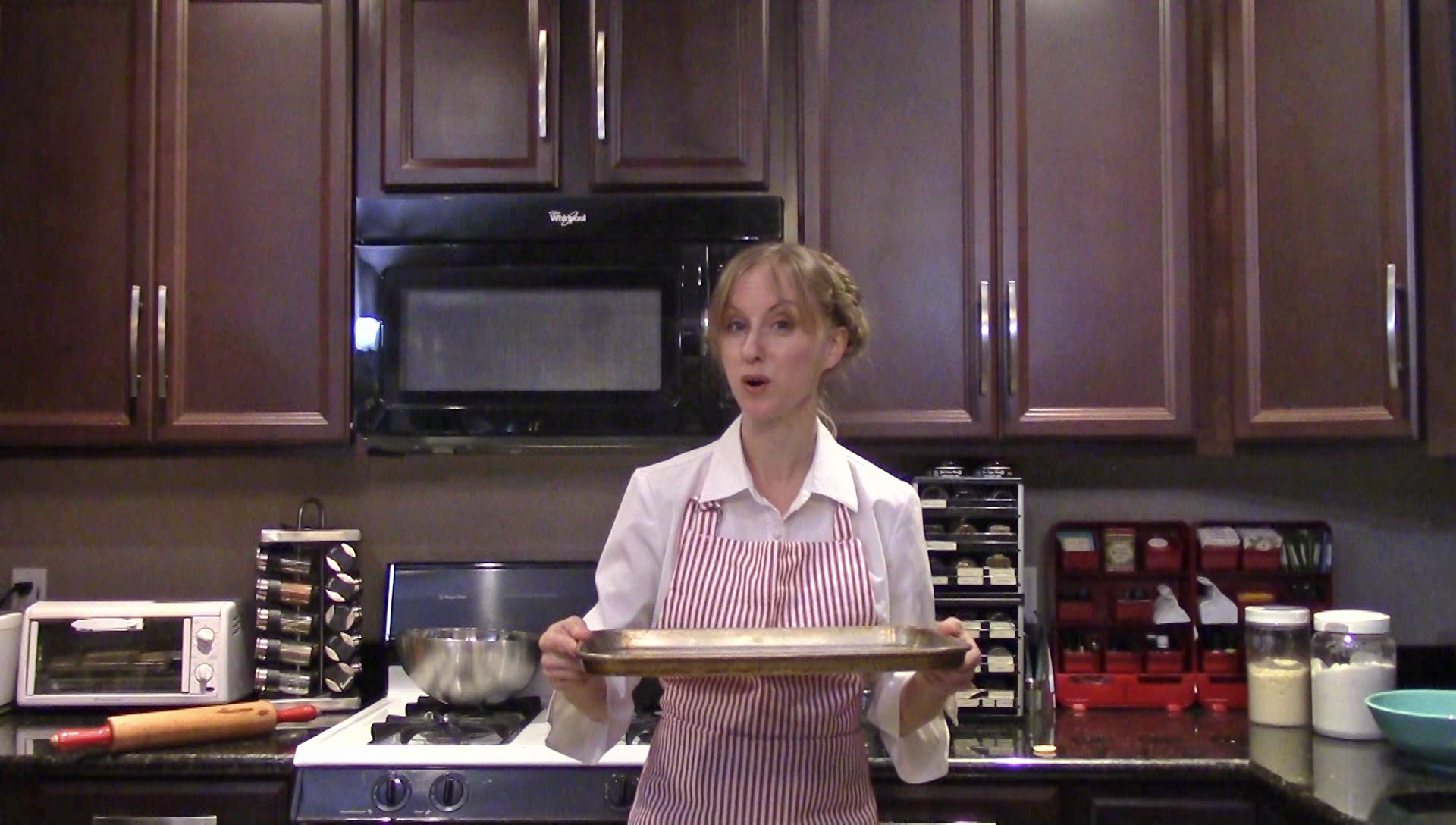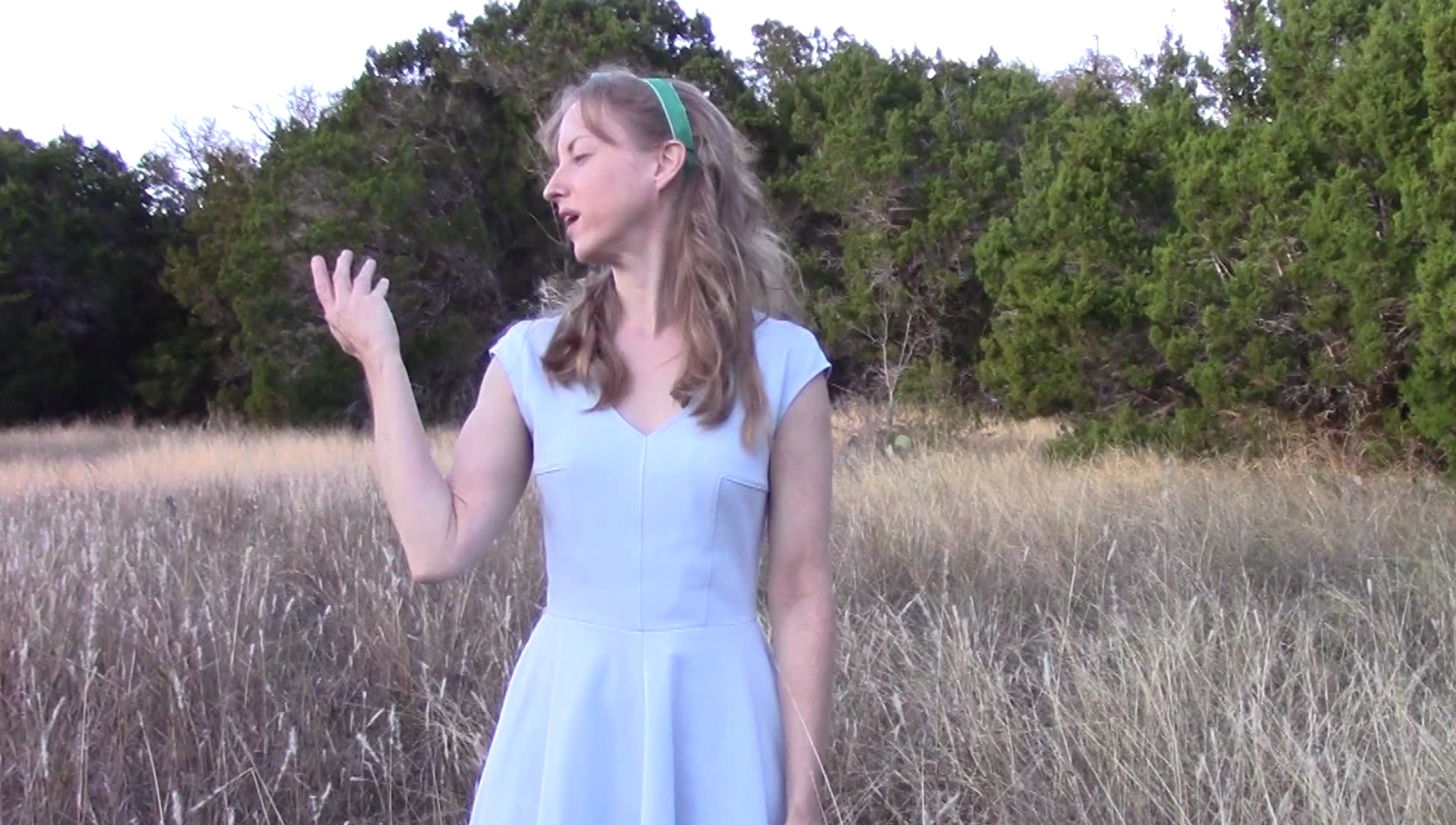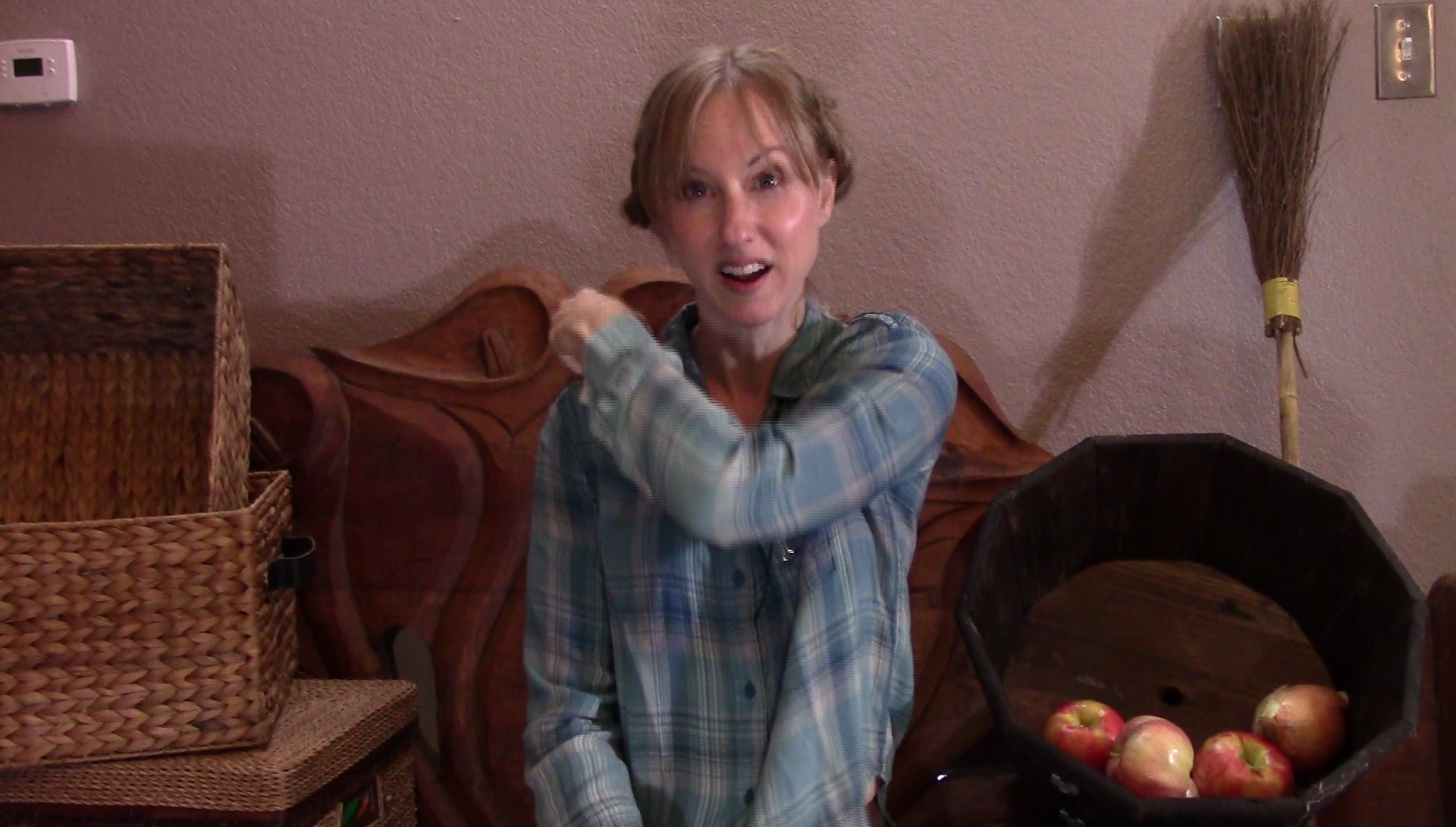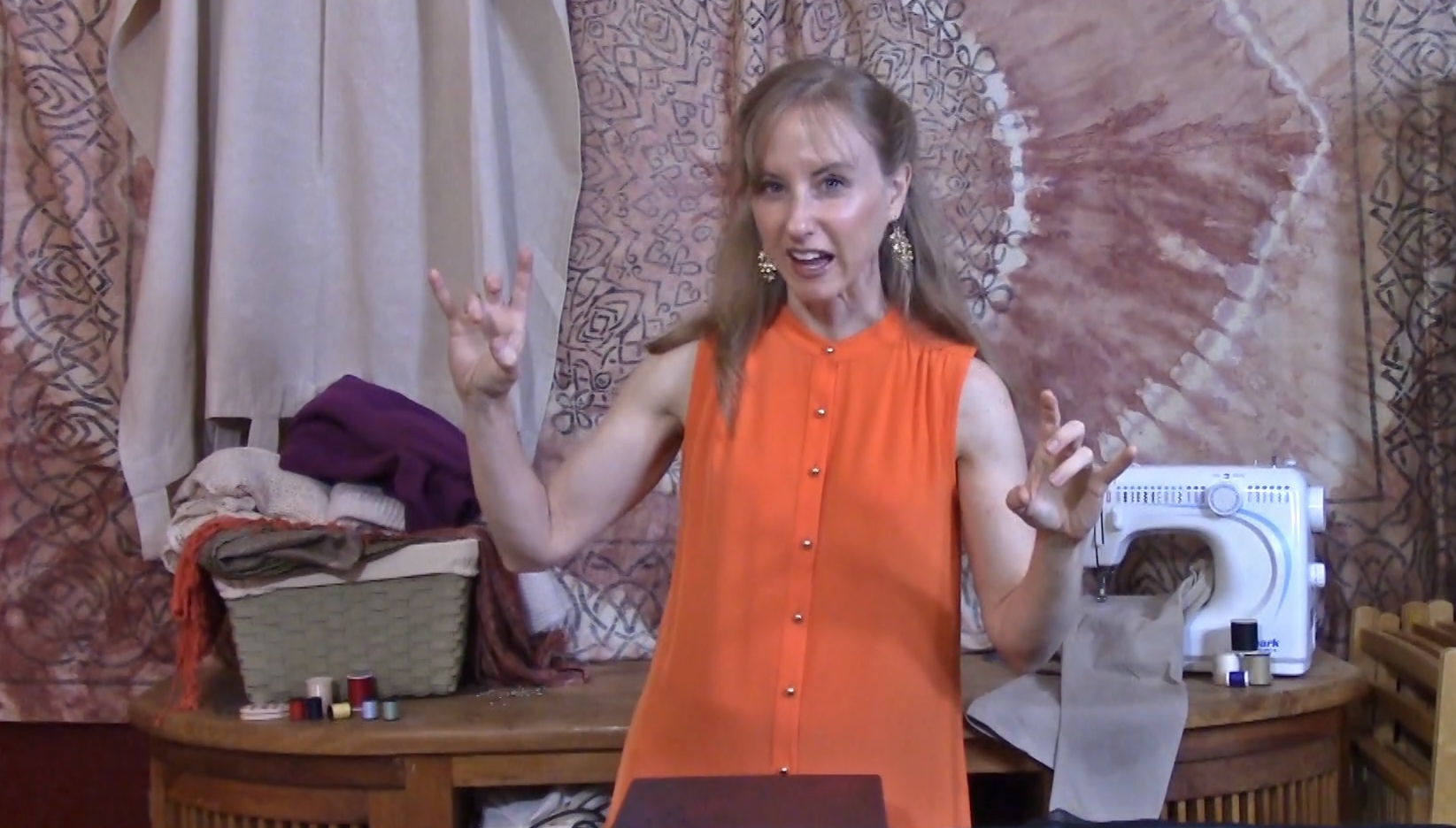Violin Movement Building Blocks
CLICK the tabs to view the videos. All of the exercises are detailed in Kaleidoscopes Book 1.
Teacher Note: The videos are designed for young children to watch and participate, so the violin and bow hands are demonstrated in mirror image (i.e. matching the child’s perspective).
Hand and Finger Skills
BASE JOINTS: Yankee Doodle
BASE JOINTS: Naughty Kitty
FINGER AWARENESS: Frere Jacques
FINGER AWARENESS: Birds' Wedding
VIDEO forthcoming: Birds’ Wedding
FINGER DEXTERITY: Button
HAND AND ARM: White Coral Bells
VIDEO forthcoming: White Coral Bells
FINGER ISOLATIONS: This Old Man
VIDEO forthcoming: This Old Man
FINGER ISOLATIONS: Bingo, Hole in the Bucket
VIDEO forthcoming: Bingo
Hole in the Bucket develops the ability to maintain a curve in the middle fingers while extending the pinky.
VIDEO forthcoming: Hole in the Bucket
FINGER BENDS: Reuben & Rachel, Paw Paw, Hole in the Bucket
VIDEO forthcoming: Reuben & Rachel
VIDEO forthcoming: Paw Paw Patch
Hole in the Bucket develops the ability to maintain a curve in the middle fingers while alternately curving and extending the pinky.
VIDEO forthcoming: Hole in the Bucket
Body & Arm Awareness
ARM ROTATION: Mary Had a Little Lamb
This activity practices the twisted and lifted position of the violin arm, which can feel unfamiliar and awkward to a novice player.
Two-step version: Raise the left arm and touch the side of the pinky to the nose. Four-step version: Twist the arm as above, then extend outward.
ARM ROTATION: All My Little Ducklings
VIDEO forthcoming: All My Little Ducklings
BOW ARM: Hot Cross Buns, Boil Them Cabbage, Skip to My Lou
In the “Boil Them Cabbage” activity, the “hayride” (bouncing above the shoulder) establishes the hand position for playing at the frog. It also builds comfort with having the bow arm raised to the level of the violin.
Do this activity standing up, making sure not to twist to the left.
VIDEO: Boil Them Cabbage (Hay Ride)
Skip to My Lou teaches the distinction between opening from the elbow (the correct motion) and opening from the shoulder (the wrong motion).
VIDEO forthcoming: Skip to My Lou
BOTH ARMS TOGETHER: Twinkle
Two-Step Version: Going from resting arms to playing arms.
Four-Step Version: Same as above, except adding an “open, close” of the bow arm.
VIDEO forthcoming: Twinkle, Twinkle
TURNING THE HEAD: Toddy-O
CIRCLES: Buttercup
Version 1: Circle the Bow Bunny with just the hand
Version 2: Same as above, but inserting a pencil into the bow bunny.
VIDEO forthcoming: All Around the Buttercup





